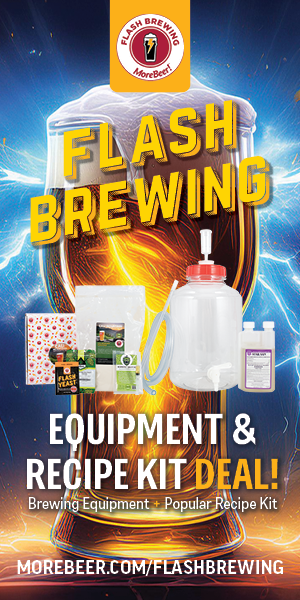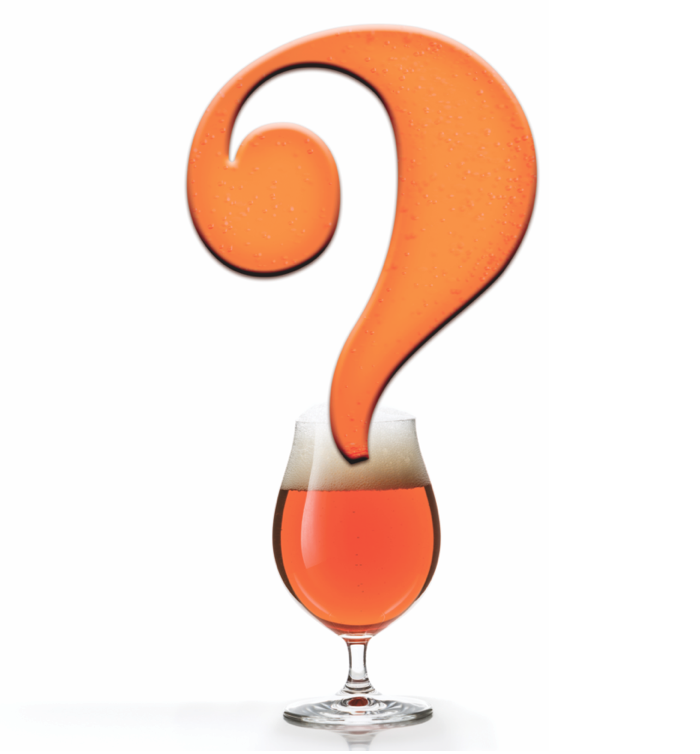Higher Alcohols
Q: How and why do hot alcohol (solvent) smells get produced and is there a way to eliminate them in brewing?
— Matt Stich – Bellwood, Pennsylvania
A: The “hot” and solvent-like aromas you describe are associated with higher alcohols. The term “higher alcohol” is used to describe alcohols that have a higher molecular weight than ethanol, and grammatically, the term “higher molecular weight alcohols” makes more sense to me! These compounds are also known as fusel alcohols and fusel oils; fusel translates from German as “bad liquor” and is notably associated with poorly made distilled spirits.
Name aside, these compounds are always found in beer because they are secreted by yeast during fermentation. Anything related to amino acid metabolism will effect higher alcohol production since the amino acid backbone can be converted to higher alcohols depending on the myriad factors that push biochemical reactions. What is known for certain is that increased higher alcohol production positively correlates with the following factors: Wort amino acid content, wort original gravity, yeast growth, fermentation temperature, and excessive wort aeration. Higher alcohols are negatively correlated with pitching rate, meaning that a low pitching rate increases higher alcohol production.
Yeast strain has a major influence with higher alcohol production, where different yeast strains produce different concentrations of higher alcohols from the same wort. If your goal is to produce a very clean beer with a low level of higher alcohols, select a yeast strain with a squeaky clean reputation, make sure you don’t under-pitch, control the fermentation temperature, and keep your wort original gravity less than about 15 °Plato/1.060. Elimination of higher alcohols is not possible because yeast produce a range of alcohols during fermentation and that is just a fact. The thing to keep in mind with this topic is that higher alcohols are not always bad as they contribute to the overall aroma profile of beer. Pushing the original gravity higher usually results in detectable higher alcohol notes, so if you don’t like these aromas stay away from the bocks, barleywines, and other beefy brews of the beer world.
There are a few tricks used to keep higher alcohols in check when brewing bigger beers. Wort amino acid levels can be diluted using amino acid-free adjuncts like rice, corn/maize, and brewing sugars. Yeast nutrients can also be used to reduce higher alcohol levels by helping to minimize metabolic speed bumps that influence higher alcohol production. Breweries producing clean lagers utilizing high gravity brewing methods (high alcohol beer is brewed and later diluted with water to normal strength) are often very adept with these tricks. Finally, aging reduces higher alcohol levels as alcohols react with organic acids to yield esters. This is a very slow process and is not a remedy to turn bad to good, but it does explain why big beers age with grace and develop over time.



